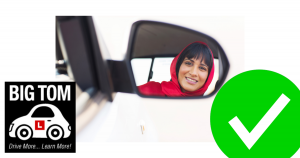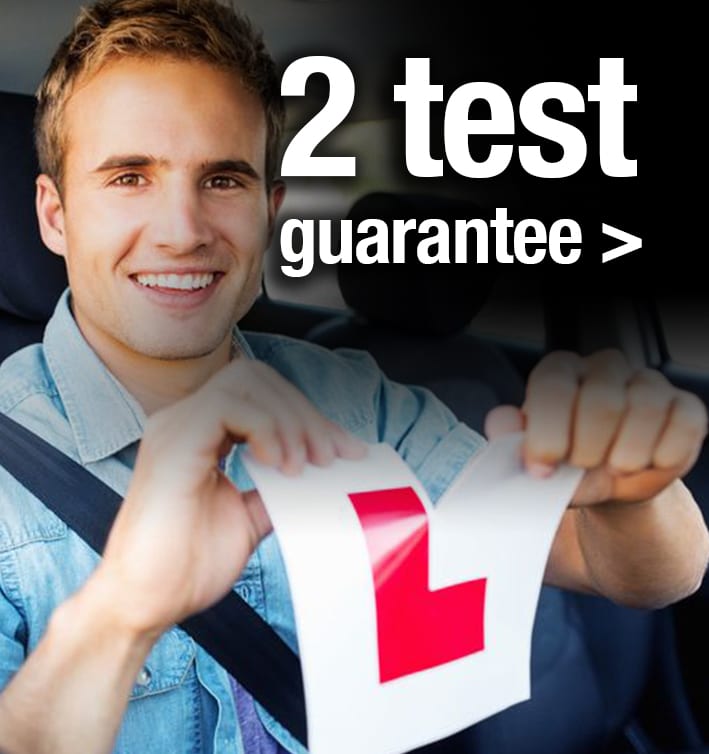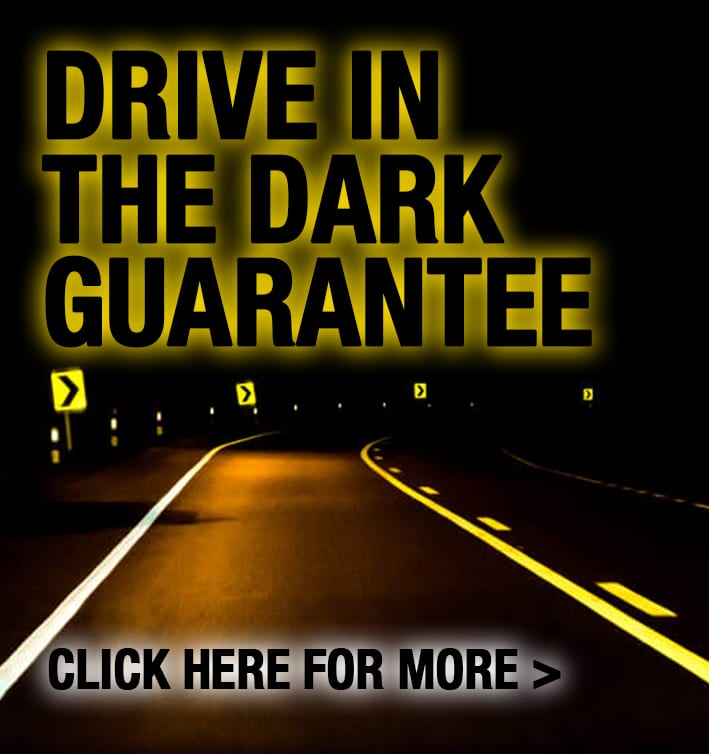Learner drivers should be clear on why mirror checks are important. It’s all about enabling you to drive safe as you drive around by using mirror checks.
There are two types of mirror checks that can be done when you are driving. The first is an update check, just to see what is around or behind your vehicle. You could do this when you are stopped at a red traffic light, after you turn into a new road, or to watch out for emergency service vehicles or motorbikes.
The other type of mirror check is a safety mirror check and this one is for you to check what is around or behind your vehicle BEFORE you move your vehicle in any direction or change speed. This could be done prior to exiting a roundabout, before merging on to a dual-carriageway, or before turning right when you are in the middle of a crossroads junction.

The DVSA has recently given guidance on this particular driving error in their Top 10 reasons for failing driving tests that you can view by clicking here
But try not to fall into the trap that the only reason why you do mirror checks is so that you can pass the driving test. You do them so that you are safe as you drive around. If you were to ignore this advice: perhaps your strategy is to do mirror checks to pass the driving test and then ignore them, then you are driving around expecting nothing untoward to happen and that is a high risk way of driving. The reason why we all double-check things prior to moving our car in a certain direction is that other road users may be close by and in a direct line of collision for your intended path. If you don’t check, you will not know that they are nearby.
Take a moped rider for example. Perhaps the rider is riding to an address for a food delivery. Perhaps time is critical, the rider does not want the customer to complain about any delay or the food being cold. The rider is riding their moped on emotions, knowing that the time is being monitored by the boss – meaning that the decisions the rider makes are not necessarily rational or sensible. All of us suffer from this problem when we behave or act on emotions, and driving or riding on public roads is no different. Perhaps you are waiting at a crossroads junction, in the middle as you are supposed to do, until it is safe for you to turn right. Just as you are about to turn right, you do not check your blindspot area over your right shoulder, so you don’t see the moped rider who has decided to overtake you as you turn right. “SMIDSY” is what this kind of collision is called. “Sorry mate I didn’t see you” is typically what drivers say to riders of mopeds or motorcyclists. As the driver of the car, you were not expecting or anticipating that a moped rider would go to do that manoeuvre as you turn right, and mirror checks are not part of your normal routine. You are just assuming that nothing is going to happen.
It’s a very hard way to learn a lesson, but it really doesn’t need you to actually harm another road user just to learn the lesson of regular mirror checks to check it is safe. Turning right at a junction is statistically a high risk situation for collisions, and safety is in everyone’s interests while road users turn right.
The message in this blog is to try to stop thinking of doing driving actions for the purpose of passing the driving test, and instead recognise what value the action does for maintaining safety in the long-term as you drive around independently.



